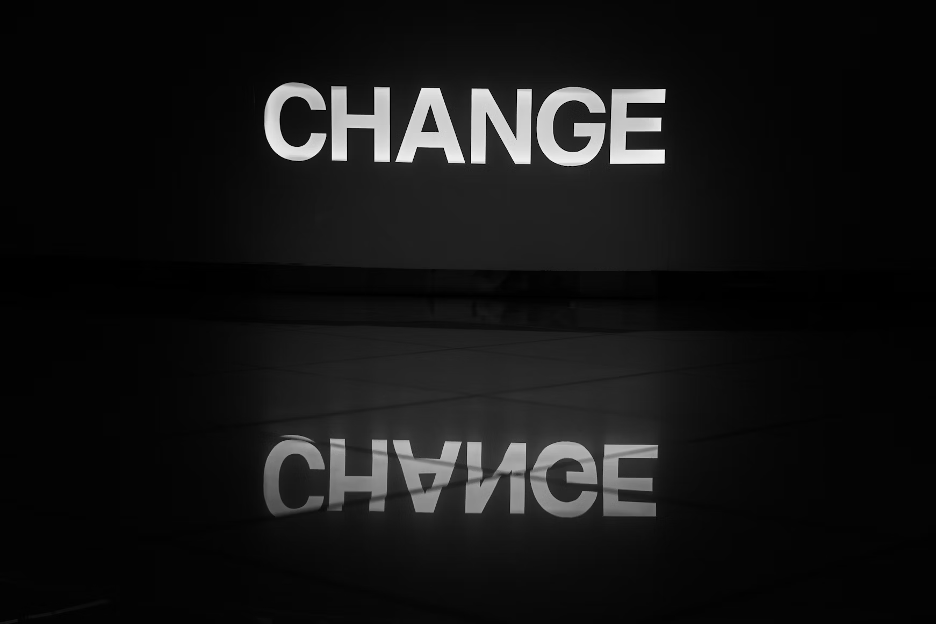Mastering Career Transitions: A Neurodivergent Professional’s Guide to Change
The Narrative:
Career changes can feel overwhelming for anyone, but for neurodivergent professionals, they often present unique layers of complexity. Traditional career advice tends to focus on networking, resume building, and interview techniques without addressing the sensory challenges of new environments, the executive function demands of application processes, or the social navigation required in new workplace cultures. This disconnect can leave neurodivergent individuals feeling unprepared and unsupported during crucial professional transitions.
The Shift:
Career transitions represent more than just changing jobs—they’re complex journeys of personal and professional growth. By understanding how your neurodivergent brain processes change and creating systems that honor your natural thinking patterns, you can transform potential obstacles into stepping stones for success.
Understanding the Neurodivergent Experience of Career Change
When we talk about career transitions, we often focus on external changes: new responsibilities, different environments, fresh challenges. However, for neurodivergent individuals, the internal experience of change requires equal attention. Your brain processes change differently, and understanding this difference is the first step toward a successful transition.
The Neuroscience of Career Transitions
Career changes activate several key neural networks in your brain:
The Executive Function Network:
Manages planning, organization, and decision-making. For neurodivergent individuals, this network might process information differently, leading to unique approaches to career planning and adaptation.
The Emotional Regulation System:
Responds to uncertainty and change. Neurodivergent brains often experience emotions more intensely, making career transitions both more challenging and potentially more rewarding.
The Social Processing Centers:
Handle new workplace relationships and communication patterns. Neurodivergent professionals might need different strategies for navigating these social aspects of career changes.
Building Your Career Transition Framework
Rather than viewing career transitions as a linear path, think of them as a complex ecosystem where different elements interact and influence each other. Let’s break down how to nurture this ecosystem effectively.
Phase 1: Strategic Self-Assessment
Before diving into job searches or resume updates, take time to understand your unique professional landscape:
Cognitive Strengths Mapping:
Create a detailed inventory of your natural abilities:
-
-
-
- Pattern recognition capabilities
- Deep focus areas
- Creative problem-solving approaches
- Analytical strengths
- Sensory processing preferences
-
-
Professional Values Alignment:
Identify what truly matters in your work life:
-
-
-
- Environmental needs (sensory considerations, workspace setup)
- Communication preferences
- Learning and growth opportunities
- Work-life balance requirements
- Autonomy level desired
-
-
Phase 2: Creating Your Transition Infrastructure
Success in career transitions requires building systems that support your cognitive style:
Information Management System:
Develop a personalized way to track and process career-related information:
-
-
-
- Digital tools that match your thinking patterns
- Visual organization systems
- Regular review and update protocols
- Automated reminders and tracking
-
-
Decision-Making Framework:
Create a structured approach to career decisions that prevents overwhelm:
-
-
-
- Clear criteria for evaluating opportunities
- Step-by-step decision protocols
- Regular reflection checkpoints
- Support system activation triggers
-
-
Phase 3: Practical Implementation Strategies
Transform your plans into action with techniques tailored to neurodivergent thinking:
The Job Search Process:
Structure your search to maintain focus and prevent burnout:
-
-
-
- Morning: Research potential companies (when cognitive energy is highest)
- Afternoon: Update application materials
- Evening: Network and communicate (if social energy is better later)
-
-
Interview Preparation:
Develop a comprehensive preparation system:
-
-
-
- Create scenario cards for common questions
- Practice with video recording for self-review
- Prepare sensory regulation strategies
- Plan post-interview decompression time
-
-
Workplace Integration:
Design a systematic approach to joining new environments:
-
-
-
- Request written documentation of procedures
- Create personal checklists for daily routines
- Establish clear communication preferences
- Set up regular check-ins with supervisors
-
-
Advanced Strategies for Specific Transition Challenges
Managing Information Overload
Career transitions often involve processing large amounts of new information. Here’s how to handle it effectively:
Information Chunking System:
-
-
- Company research
- Role requirements
- Industry trends
- Salary data
- Network contacts
-
Progressive Processing Method:
-
-
- Initial scan for key points
- Detailed review of relevant sections
- Integration with existing knowledge
- Application to current goals
-
Navigating Social Aspects of Career Changes
Networking Strategy:
-
- Prepare specific questions for different types of contacts
- Create templates for follow-up communications
- Schedule regular breaks during networking events
- Use digital tools to maintain connections
Workplace Communication Plan:
-
- Meeting participation strategies
- Email communication templates
- One-on-one conversation scripts
- Team collaboration approaches
Success Stories: Real Transitions, Real Growth
The Technical Professional’s Leap
Alex, a software developer with ADHD, wanted to move into technical leadership. Through coaching, they developed a system for managing both technical and people-focused responsibilities. “The key was creating visual workflows for different types of tasks,” Alex explains. “I mapped out technical reviews, team meetings, and individual support in ways that made sense to my brain.”
The Career Changer’s Journey
Maya, an autistic professional, transitioned from accounting to data science. “The challenge wasn’t learning new skills—it was managing the uncertainty of change,” she shares. Working with a coach, Maya created a detailed transition timeline with clear milestones and celebration points, making the journey more manageable and rewarding.
The Remote Work Navigator
Sam, a professional with executive function challenges, needed to adapt to a fully remote role. Through coaching, they developed structured routines and communication systems that worked with their processing style. “Having clear protocols for different types of work interactions made the transition much smoother,” Sam reflects.
Remember that successful career transitions aren’t about forcing yourself to fit neurotypical molds—they’re about understanding your unique strengths and creating systems that support your natural thinking patterns. With thoughtful planning and customized strategies, you can navigate career changes with confidence and authenticity.




